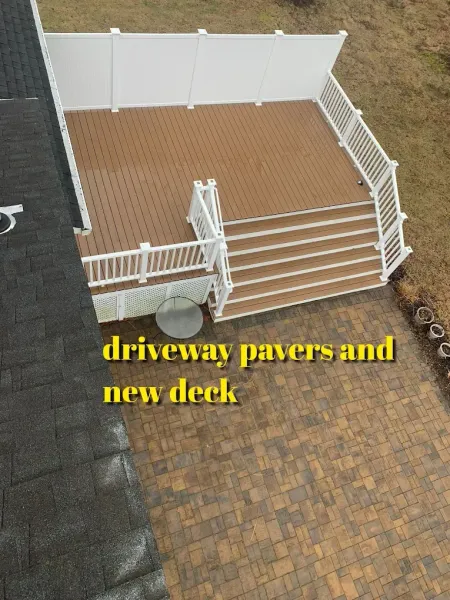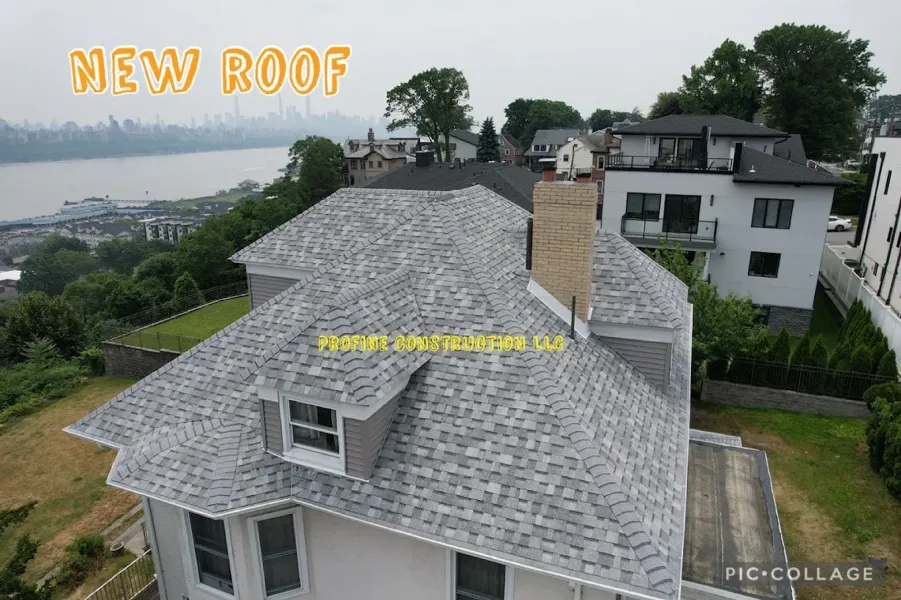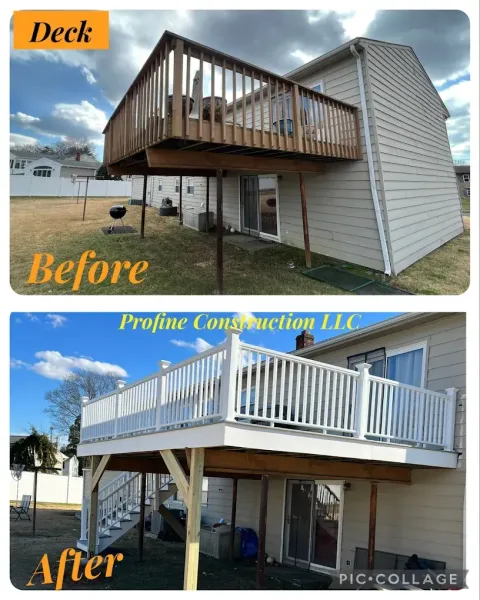Introduction
A roof serves as the first line of defense against the elements, providing shelter and security for you and your loved ones. However, like everything else, roofing materials age over time. The inevitability of wear and tear can lead to water damage if not addressed promptly. Understanding the signs of aging roofing materials that could lead to water damage is crucial for homeowners who want to protect their investment and maintain a safe living environment. In this article, we will delve into the various indicators that your roof may be aging, what you can do to mitigate potential issues, and when it’s time to seek professional help.
Signs of Aging Roofing Materials That Could Lead to Water Damage
Aging roofing materials can manifest in several ways. Recognizing these signs early on can save you from costly repairs down the line. Here are some typical indicators:
1. Visible Wear and Tear
When inspecting your roof, one of the first signs you'll notice is visible wear and tear. This includes:
- Cracked shingles Missing tiles Curling edges
These physical changes often indicate that your roofing material is no longer effectively protecting your home from water intrusion.
Understanding Shingle Damage
Shingles are designed to last for decades, but environmental factors such as UV exposure, moisture, and wind can accelerate their deterioration. Regular inspections can help identify cracked or missing shingles early on.
2. Stained Ceilings and Walls
If you notice stains on your ceilings or walls, it could be an indication of a roof leak. Water stains usually appear brown or yellowish and may worsen with time.
Identifying The Source of Leaks
Finding roof leaks requires a careful examination both inside and outside your home. Use a flashlight in dark areas of your attic; leaks often show up as damp spots or mold.
3. Mold Growth
Mold thrives in damp environments, making it an alarming sign when found near your roofline or within your attic space.
The Health Risks Associated with Mold
Not only does mold compromise structural integrity, but it also poses serious health risks like respiratory issues or allergies for you and your family.
4. Granule Loss on Asphalt Shingles
Asphalt shingles are coated with granules that serve multiple purposes: they protect against UV rays, provide aesthetic appeal, and add weight for stability. When you start seeing granules collecting in gutters or around the base of downspouts, it's a clear sign that aging has set in.
Why Granule Loss Matters
Granules play a critical role in maintaining the lifespan of asphalt shingles; losing them accelerates deterioration and signals impending failure.
5. Warping or Buckling Roof Panels
Warped or buckled panels often stem from temperature fluctuations or excessive moisture buildup beneath the surface.
What Causes Warping?
Improper ventilation along with prolonged exposure to heat causes roofing materials to warp over time.
6. Increased Energy Bills
An aging roof may affect your home’s energy efficiency due to poor insulation caused by leaks or gaps in the roofing material.
How Does This Happen?
When air escapes through damaged roofing materials, HVAC systems must work harder to maintain comfortable temperatures—resulting in higher energy bills.

7. Age of Your Roof Material
Most roofing materials have an expected lifespan ranging from 20 years for asphalt shingles to 50+ years for metal roofs.
Regular Maintenance Is Key!
Regardless of material type, regular maintenance can extend the lifespan significantly if performed correctly.
8. Poor Flashing Installation
Flashing refers to thin pieces of metal installed around chimneys, vents, or skylights to prevent leaks; improper installation leads to significant vulnerabilities over time.
Why Flashing Is Important?
Flashing protects vulnerable areas where water might penetrate; if it's poorly installed or damaged—water will find its way into your home!

9. Loose Gutters & Downspouts
Gutters divert rainwater away from your foundation; loose gutters allow water accumulation which can seep into cracks along eaves leading directly towards potential leaks inside!
Keeping Gutters Clean
Cleaning leaves regularly helps ensure uninterrupted flow reducing stress placed upon older roofing materials while preventing clogs!
10. Pests Invading Your Roof Space
Roof spaces that are damaged may offer easy access points for pests such as rodents or insects which create further complications down the road including additional channels for water intrusion!

Preventative Measures
Seal any cracks found during inspections promptly! Keeping pests out will not only protect against further damage but also ensure healthier living conditions overall!
FAQs About Aging Roofing Materials
What should I look for during a roof inspection?
During an inspection, examine visible wear like cracked shingles, check for interior stains on ceilings/walls indicating possible leaks/mold presence while ensuring all flashing remains intact!
How often should I inspect my roof?
It’s advisable to conduct thorough visual inspections at least twice yearly - once in spring after winter weather conditions & again during fall before heavy rainfall seasons begin!
Can I repair my roof myself?
While minor repairs may seem feasible DIY-wise (like replacing individual shingles), significant issues like full leak deck builders detection/finding underlying damages typically require professional assistance due diligence ensures optimal results without causing further harm!
What is considered an emergency regarding roof damage?
Any sudden visible leaks especially during storms threaten immediate structural integrity warranting urgent attention before they escalate into larger problems requiring extensive repairs!
How much does a typical roof repair cost?
Costs vary widely based on extent/type/region but average ranges fall between $300-$1500 depending upon specific circumstances involved with each unique situation encountered throughout various homes!
Should I consider replacing my entire roof if it's aging?
If extensive damages become evident beyond simple repairs then replacement becomes more financially viable long-term investment wise ensuring better safety/efficiency enjoyed throughout future years ahead!
Conclusion
In summary, recognizing the signs of aging roofing materials that could lead to water damage is essential for every homeowner's peace of mind. From visible wear and tear to increased energy bills caused by inefficiencies—understanding these indicators allows proactive measures towards maintenance/repairs minimizing risk associated with severe water damage over time! Remember: when in doubt about safety concerns don’t hesitate reaching out trusted professionals capable diagnosing potential problems ensuring top-notch quality service provided every step along way!